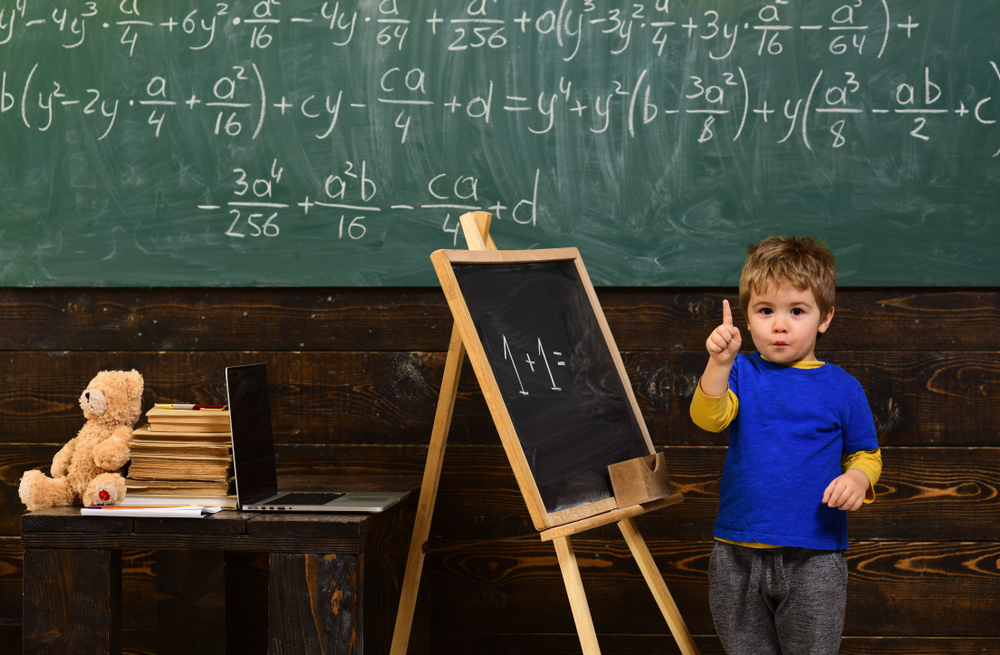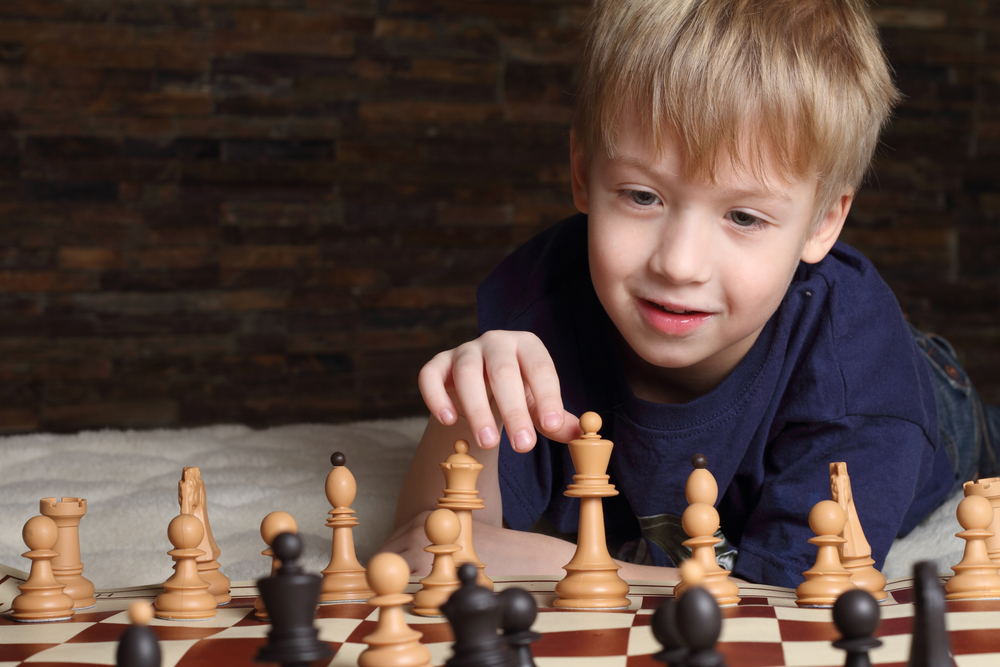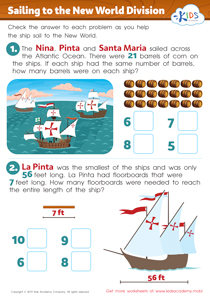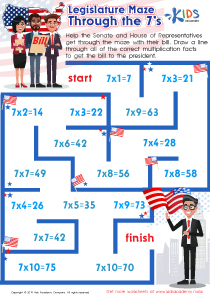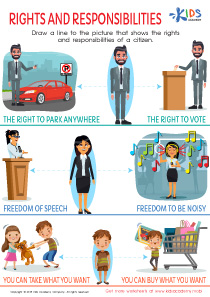Spatial awareness Normal Community Worksheets for Ages 3-9
3 filtered results
-
From - To
Boost your child’s spatial awareness with our expertly designed Normal Community Worksheets, perfect for ages 3-9. These engaging printable worksheets help young learners master crucial spatial skills essential for everyday tasks and problem-solving. Our diverse activities, from puzzles to interactive tasks, make learning fun and effective. Featuring vibrant illustrations and easy-to-follow instructions, these worksheets encourage kids to explore and understand their surroundings better. Enhance your child's ability to recognize shapes, patterns, directions, and more with Kids Academy's top-quality educational resources. Ideal for home or classroom use, these worksheets provide a solid foundation for future learning.
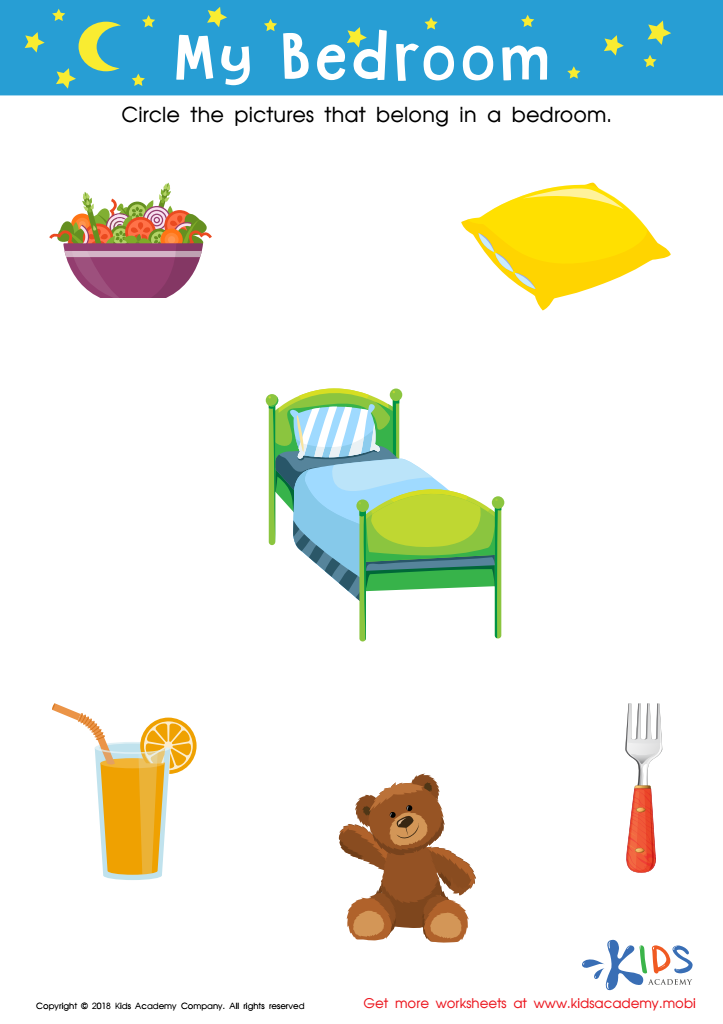

My Bedroom Worksheet


Skip Counting by 10 Through Our Community Worksheet
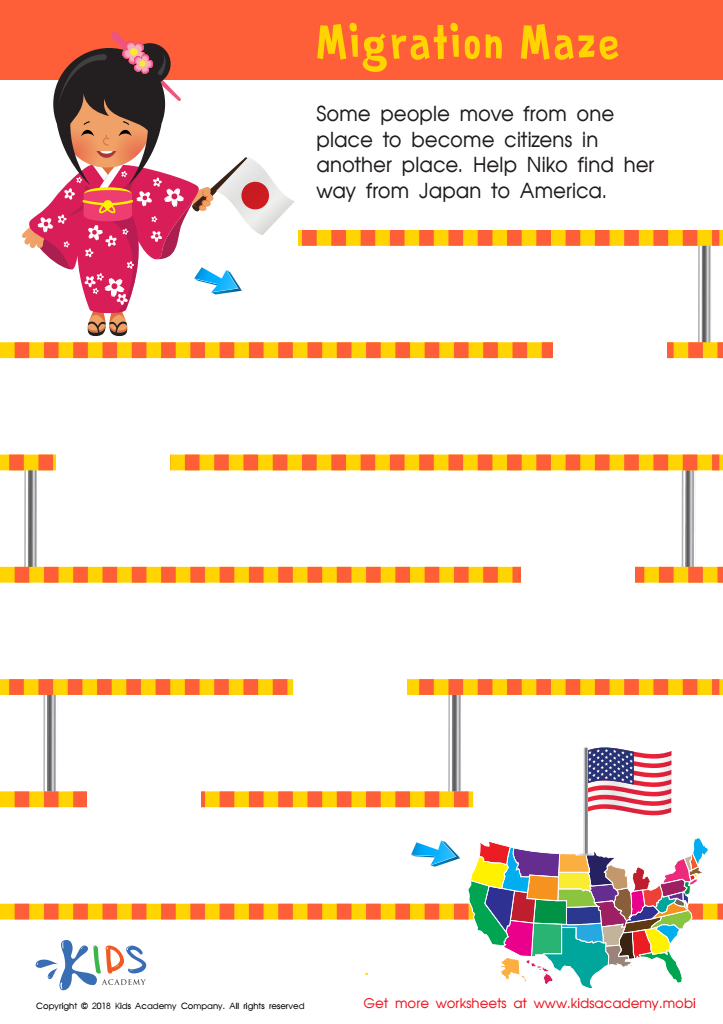

Migration Maze Worksheet
Parents and teachers should care about spatial awareness in children aged 3-9 because it is a foundational skill that supports various aspects of development and learning. Spatial awareness, the understanding of how objects and people move relative to oneself and each other, is crucial for physical coordination, safety, and academic success.
Firstly, children with well-developed spatial awareness can navigate their environment more safely, avoiding obstacles and understanding personal space. This skill is central to activities like crossing the street, moving around a classroom without causing accidents, or playing sports, thereby reducing injury risks.
Academically, spatial skills are tightly linked to success in subjects such as mathematics and science. For example, understanding geometric shapes, interpreting graphs, solving puzzles, and explaining science concepts often require spatial reasoning. A strong grasp of spatial relationships can enhance early math skills, which is a critical predictor of later academic achievement.
Furthermore, spatial awareness enriches everyday tasks and cognitive development. It aids in reading and writing as children learn to align text properly and comprehend the spatial relationship of letters within words. It also contributes to better hand-eye coordination, essential for writing and other fine motor skills.
Hence, investing time in developing spatial awareness from an early age sets children on a path towards holistic growth, ensuring they are better prepared for the diverse challenges of their educational journey and daily life.
 Assign to My Students
Assign to My Students







